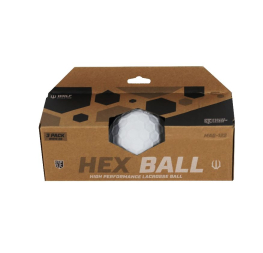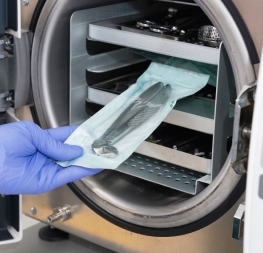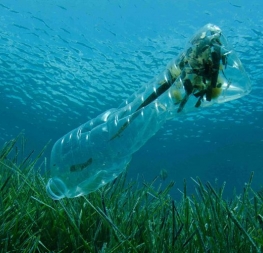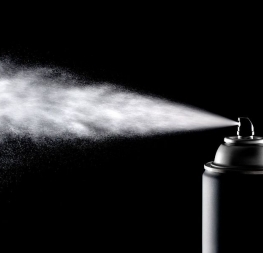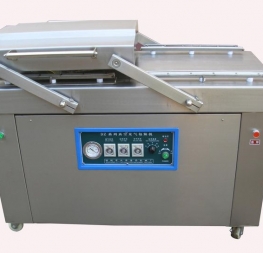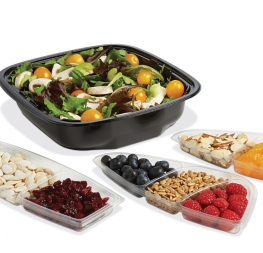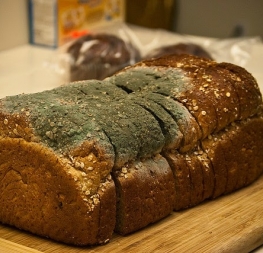In Suidha Rayhana’s book, Pharmaceutical Packaging Technology, she addresses different aspects of pharmaceutical packaging. Within the chapters of this book, she discusses pros and cons of packaging, materials and machines used in pharmaceutical packaging, and the hazards of pharmaceutical packaging.
Rayhana begins the novel by stating an important quote, which says that packaging is “the science, art, and technology of enclosing and protecting products for distribution, storage, sales, and use.” Furthermore, the specific type of packaging she wants to focus on is pharmaceutical packaging that involves the safety of the medications because it has to be free from contamination and bacteria growth. This is indeed crucial for the patients because they are at risk if these medications are not free from contamination.
In the next chapters, she discusses the advantages and disadvantages of packaging. Within the subtopic of the purpose of pharmaceutical packaging, she lists seven reasons, some of which are: containment, protection, presentation, and identification. Containment is very fundamental because it “requires the packaging: not to leak, nor allow diffusion and permeation of the product.” This purpose is applicable to all types packaging because manufacturers do not want their products to leak or be damaged. Another purpose of pharmaceutical packaging is identification. With labels on the products, patients know the amount of medication they should intake and when to intake them. Rayhana mentions the advantages of packaging such as the reducing the operational costs and improving compliance. In general, the disadvantage of packaging is applicable to all types of packaging because it is “an expensive technique,” and sometimes produces bulkiness and can be unfriendly to the environment.
After discussing her viewpoints on the pros and cons of packaging, she summarizes the types, materials, and the machines that are used in the pharmaceutical packaging. There are three types of packaging: primary, secondary, and tertiary. As she defines it in her book, “the main functions of the primary package are to contain and to restrict any chemical, climatic or biological or occasionally mechanical hazards that may cause or lead to product deterioration.” Primary packaging includes single and multi-dose containers of medicine pills and child resistant containers which children are not able to open due to complex closure systems inside medicine containers. Primary packaging shields the goods, but does not ensure that the package can be protected permanently and this is when a second piece of package comes in handy. “Secondary packaging is the enclosure of the outside of the primary one” such as paper and boards, cartons, corrugated fiber. Tertiary packaging is “used for bulk handling, warehouse storage and transport shipping.” A crate or pallet is a good example of tertiary packaging. All three types of packaging help smooth out the transition between shipment and delivery.
The three common materials that laid out in these chapters are glass and plastic containers, and rubber closures. There are different types of thermoplastic being made from polyethylene, PVC, polypropylene, polyamide, and polycarbonate. These plastic containers are inexpensive to produce and are light and durable. Glass materials include ampoules, treated soda lime, bottles, vials, and syringes. These are low in cost, impermeable, strong, and easy to clean but they are also easy to break and crack. Rubber materials are usually located inside a closure cap to secure leakage. Butyl and nitrile rubbers are the common ones used in the medical field. Butyl rubber is “permeable to water vapor and water absorption is low.” Nitrile rubber is resistant to oil and heat unlike butyl rubber. These three types of materials are the most common ones used in the medical field. Butyl rubber is “permeable to water vapor and water absorption is low.” Nitrile rubber is resistant to oil and heat unlike butyl rubber. These three types of materials are the most common use in the medical field because they seal aqueous solutions well and prevent contamination.
She then goes on to cover machineries used in pharmaceutical packaging, and it is the most informative chapter of the book. Mainly it entails the many types of machines used to package products. There are various machines that have different roles and they are: cartooning, cleaning, coding, filling and dosing, inspection, pallet loading, wrapping, and so many more. Blister pack “is a term for several types of pre-formed plastic packaging used for small consumer.”
TR200 is a blister-packaging machine that can form solid dose and it is easy to use because manufacturers can see the whole process of the production cycle. This machine’s cables are housed within the machine and it gives the best performance because it can produce “both large and small batches” of blister pack. There are two types of capsule packaging machines: 595 & 596. 595 & 596 machines work together to produce a long-term shelf-life so that it retains its freshness. 595 is simple to clean, “reduce line downtimes,” and the whole process “can easily be monitored by a single operator.” 596 is an oxygen extraction machine which removes oxygen gas from each capsule so that it maintains a longer shelf life.
After that, she sums up the factors influencing the choice of package and the hazards enclosed in those packages. The factors that determine the choice of package are the product itself, the market, distribution system, and the manufacture facilities. While physical and chemical characteristics influence the product’s package, it also relates to types of patients who will purchase that product. Market is a factor which dictates that a package of a product must be packaged in a way to suit the people that eventually use the product. Mechanical hazards are essential in recognizing any damage to a product. Those hazards consist of: temperature, compression, vibration, pressure, light, and microbiological changes. Low temperature cracks the container due to aqueous solutions but high temperature relates to high humidity, which causes mold and bacteria growth. Compression is classified as a hazard because it crushes the product, which leads to leakage, which makes it un-sellable. Microbiological changes are mostly detrimental to a good because it can alter a good into something harmful. Rayhana indicates that “[with] sterile products the package and its closure must maintain a 100% effective seal against microbiological contaminants like bacteria, molds, and yeast.”
Rayhana concludes the book with her opinion of pharmaceutical packaging. She expresses, “as packaging industry is directly or indirectly involved in the drug manufacturing process, it becomes ethically mandatory to understand and incorporate scientific methods in packaging” (53). Basically, she is saying that whether the product is directly or indirectly involved in the whole packaging process, the manufacturers should follow the regulations and find the right materials to package the products in order to prevent contamination or damages.
Finally, through Rayhana’s informative book, she delivers a very detailed and extensive facts of pharmaceutical packaging that is different from other types of packaging. Pharmaceutical packaging provides the most complicated processes in protecting goods from damage because if the product is busted open from the package, the patients and consumers who purchase over the counter drugs are likely to be at a high risk. This book is well-written because the structure is all laid out in each chapter and each chapter teaches the reader more about pharmaceutical packaging.
References
Suidha Rayhana, Pharmaceutical Packaging Technology, Lambert Academic Publishing, 2015.
http://www.amazon.com/Pharmaceutical-Packaging-Technology-Suidha-Rayhana/dp/3659672173


